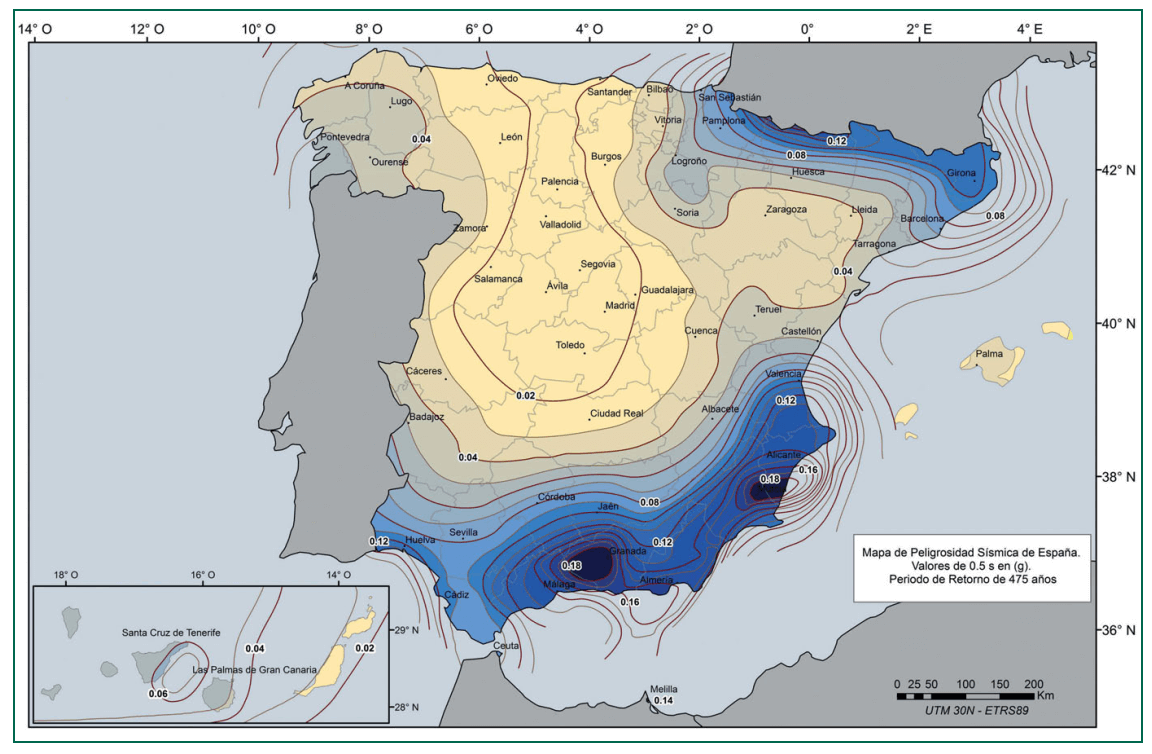R-CRISIS (formerly known as CRISIS) has been used as the main PSHA tool in different seismic hazard and seismic risk projects worldwide. Some relevant projects are mentioned below.
SEISAN
The SEISAN seismic analysis system is a complete set of programs and a simple database for analyzing earthquakes from analog and digital data. SEISAN includes CRISIS2012 and previously CRISIS99. Visit the SEISAN project at http://seisan.info
USERISK
USERISK uses a probabilistic approach to estimate the expected seismic physical damage of existing buildings in urban areas. The main steps of the procedure are seismic hazard, vulnerability and structural response. Seismic hazard is assessed by means of the annual rate of exceedance of a parameter quantifying the expected seismic action. The method has been used in Colima and Coatzacoalcos in Mexico and Barcelona in Spain. Visit USERISK at https://sites.google.com/site/userisk2015/
Global assessment report on disaster risk reduction 2013 and 2015
The first global and fully probabilistic seismic hazard and risk assessment for 216 countries was developed in the framework of UNISDR’s Global Assessment Report on Disaster Risk Reduction. CRISIS in its 2012 and 2014 versions was the tool used for performing the PSHA and obtain a global stochastic set with more than 1 million events.
Regional scale studies
· Risk-UE Project started in 1999 and ended in 2004 with support from the European Commission. This project evaluated earthquake scenarios at urban level using CRISIS99, resulting in Management Plans and Plans of Action to effectively reduce risk at European Cities.
· The CAPRA project was developed with support from the World Bank focusing initially on Central American Countries and later used in The Caribbean, Asia, Africa and Europe. Built upon the 2007 version of CRISIS, this project developed tools and methodologies for performing fully probabilistic risk assessments. ERN is the provider of the most recent version of the risk assessment tool, named R-CAPRA. For more information contact us.
· The official seismic hazard maps for Colombia and Spain were updated in 2009 and 2012 respectively using the 2007 version of CRISIS. The results are of mandatory use in the design and construction in these countries.
See the Publications page for more details about projects where CRISIS was used.
Seismic Hazard Map of Spain for 0.5 seconds structural period and 475 years return period. Source: IGN and CNIG, 2012.
